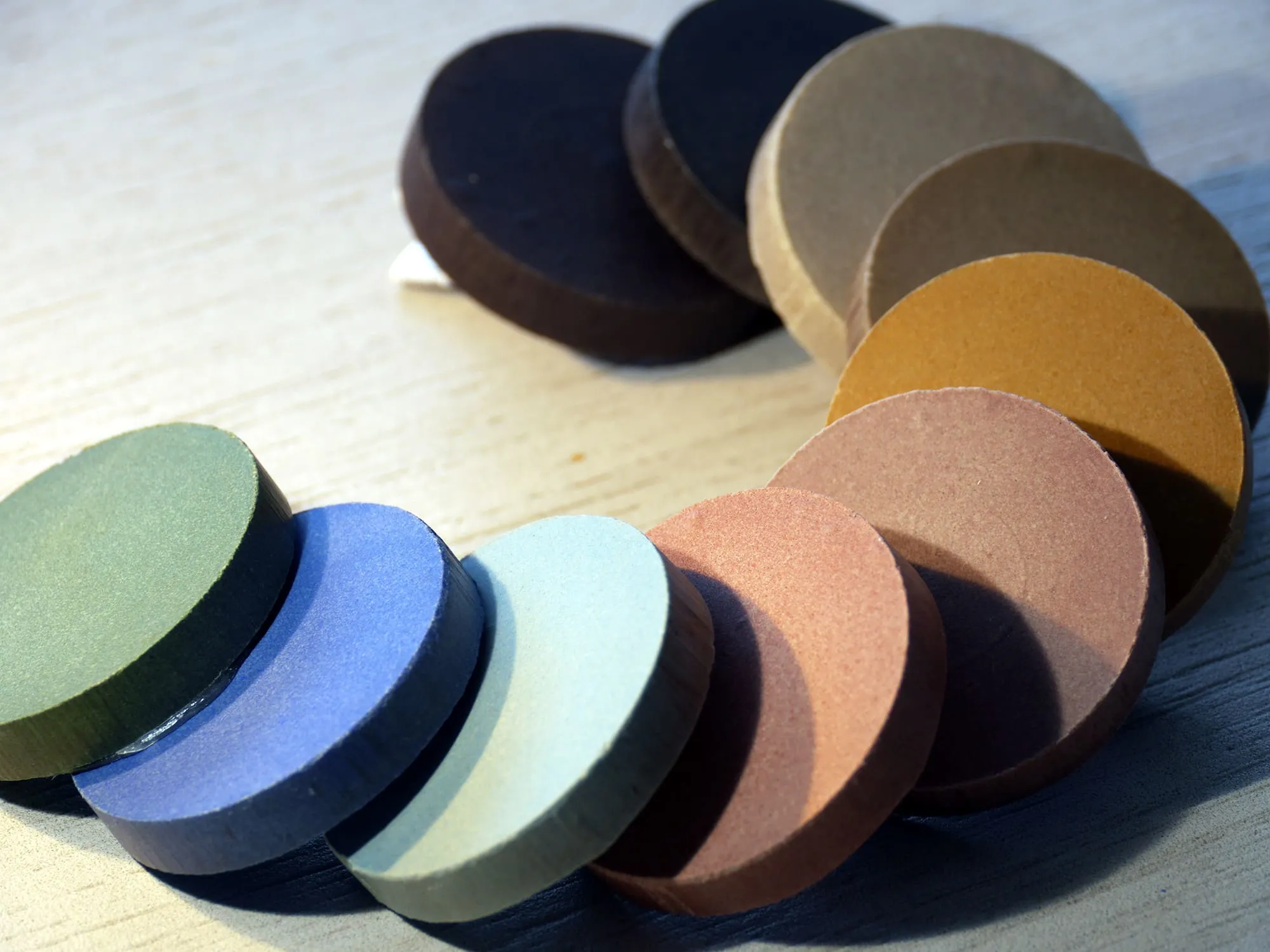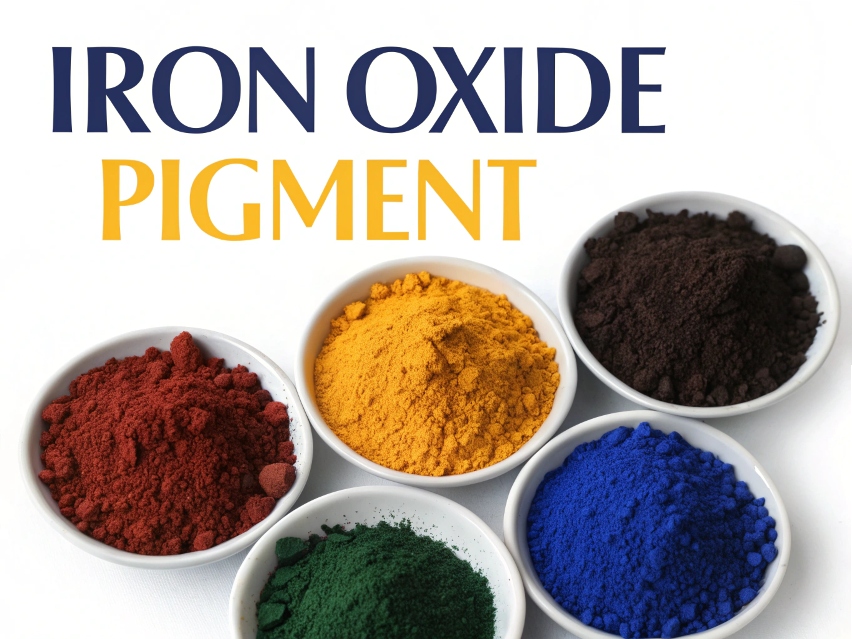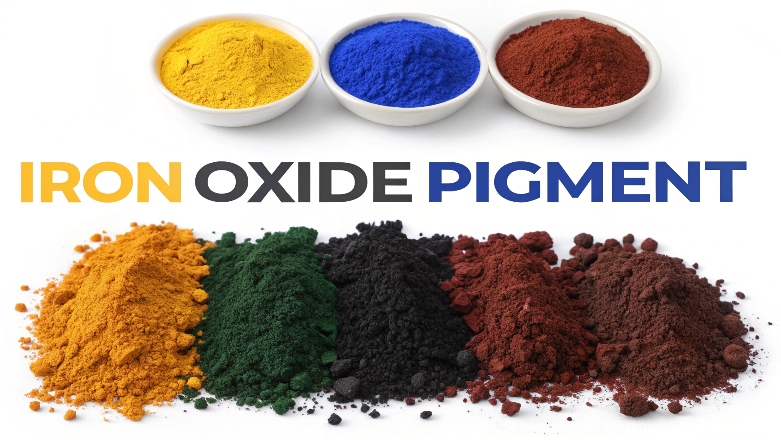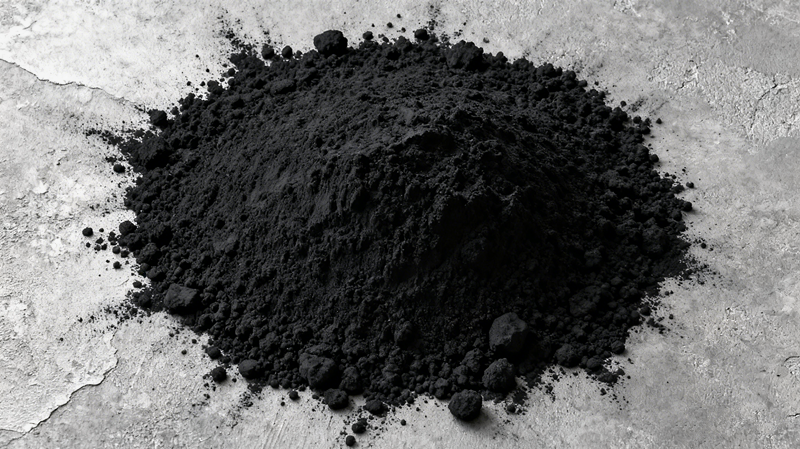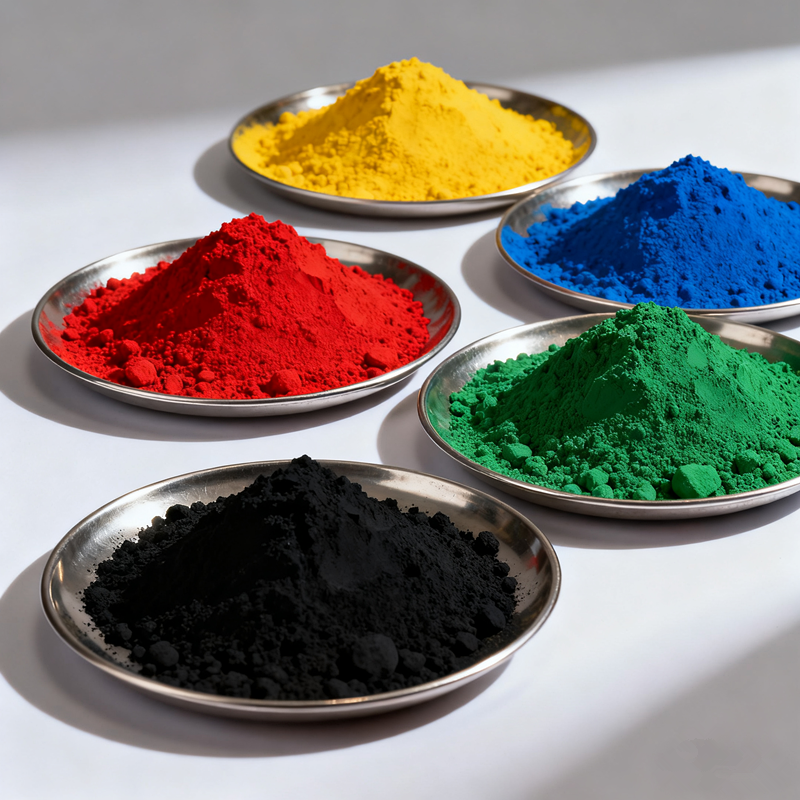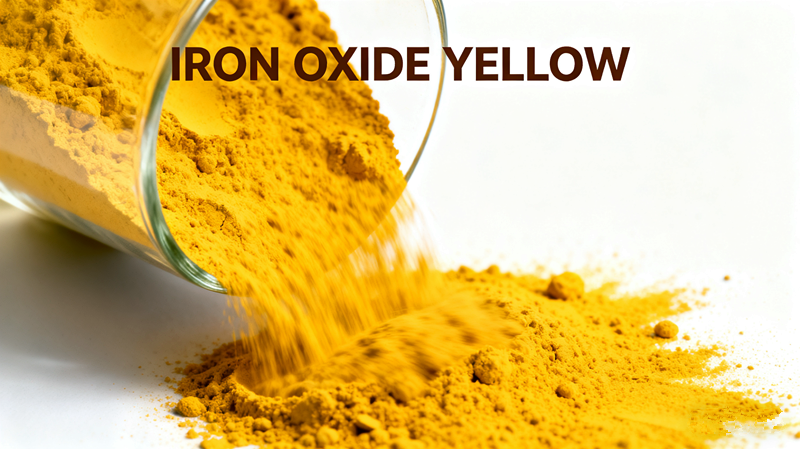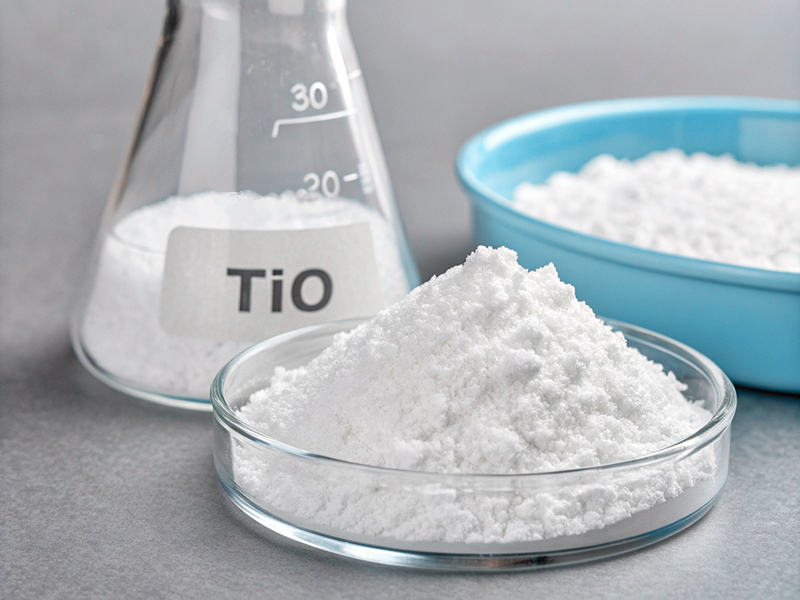Iron oxide pigments are among the most widely used colorants in industries such as construction, paints, coatings, plastics, ceramics, and more. Their popularity comes from excellent stability, non-toxicity, UV resistance, and vibrant colors. However, choosing the right iron oxide pigment for your application is not as simple as picking a color. Several factors influence performance, cost-efficiency, and overall quality. This article will guide you through the key considerations to help you select the ideal iron oxide pigment for your needs.
Understand Your Application Requirements
The first step in choosing an iron oxide pigment is to identify your application. Are you producing concrete blocks, ceramic tiles, paints, or plastic products? Each application requires pigments with specific properties1:
-
Construction Materials (Concrete, Bricks, Pavers): For outdoor use, prioritize pigments with strong lightfastness, weather resistance, and alkali resistance. These qualities ensure long-lasting color, even under harsh conditions.
-
Paints and Coatings: Opt for pigments with excellent dispersibility and tinting strength. The pigment must integrate smoothly into the paint system without clumping.
-
Plastics: Choose pigments with high heat stability to withstand plastic extrusion processes.
Color Selection Matters
Iron oxide pigments are commonly available in red, yellow, black, and brown shades. The color choice depends on the final product and design requirements:
- Red Iron Oxide (Fe₂O₃)2: Used for bricks, tiles, flooring, and coatings due to its strong coloring power and durability.
- Yellow Iron Oxide (FeOOH): Ideal for lighter tones in construction and decorative finishes.
- Black Iron Oxide (Fe₃O₄)3: Popular in concrete blocks and asphalt applications where deep black tones are needed.
- Brown Blends: Often achieved by mixing red, yellow, and black pigments for natural earth tones.
When selecting a shade, consider color consistency and resistance to fading. High-quality pigments provide uniform tones batch after batch.
Check Technical Properties
Beyond color, look at essential technical specifications:
- Tinting Strength4: Determines how much pigment is needed to achieve the desired color.
- Particle Size and Distribution: Affects smoothness and dispersibility in the application medium.
- Oil Absorption: Impacts compatibility in paints and coatings.
- Weather and UV Resistance5: Crucial for outdoor applications to prevent color degradation.
Request a technical data sheet (TDS) from your supplier to verify these parameters before purchasing.
Consider Quality and Supplier Reliability
Not all iron oxide pigments are equal. Working with a reliable supplier ensures consistency and compliance with international standards. Check if the manufacturer provides:
- ISO-certified production processes
- REACH or RoHS compliance
- Customization options for specific color blends
Choosing a reputable supplier minimizes risks such as color variation, poor dispersion, or contamination.
Cost vs. Performance
While price is an important factor, the cheapest option may not always deliver the best results. Low-grade pigments can lead to higher usage rates and inferior product quality, increasing overall costs in the long term. Focus on value—balancing cost with quality and performance.
Final Thoughts
Selecting the right iron oxide pigment involves more than choosing a color. By understanding your application, reviewing technical properties, and partnering with a trusted supplier, you can achieve superior performance and cost efficiency in your products. Whether you are in construction, coatings, or plastics, making an informed decision ensures long-lasting results and customer satisfaction.
-
This resource will provide insights into the unique properties required for various pigment applications, ensuring optimal results. ↩
-
Explore this link to understand how Red Iron Oxide enhances durability and color in construction materials. ↩
-
Discover the significance of Black Iron Oxide in achieving deep black tones in construction. ↩
-
Understanding Tinting Strength is vital for achieving the desired color with minimal pigment, ensuring cost-effectiveness and efficiency. ↩
-
Exploring Weather and UV Resistance helps ensure your products maintain their color and integrity in harsh outdoor conditions. ↩


